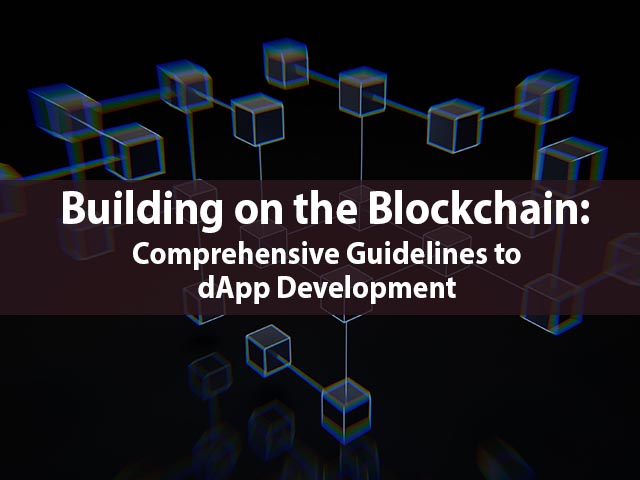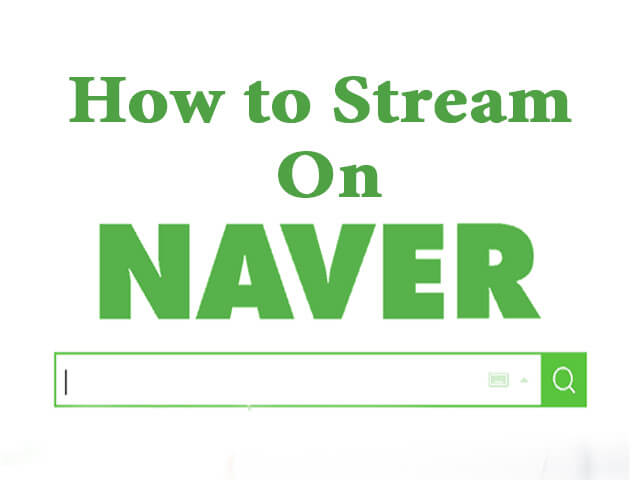dApps are the center of attention in today’s crypto and blockchain scene. Unlike traditional apps, dApps do not rely on centralized servers or backend technologies to function. Instead, they use Web3 technologies to manage logic execution and other backend operations. In this blog, we will discuss what dApps are and the process for developing dApps.
The world of blockchain explained
The blockchain world is a game-changing technology that functions as a decentralized digital ledger, allowing transactions to be recorded across a network of computers. Its key properties are transparency, security, and the capacity to keep tamper-proof documents. While first associated with cryptocurrencies such as Bitcoin, blockchain has grown beyond its roots and is now a driving force behind innovative solutions in various industries. Blockchain’s potential to revolutionize sectors by improving trust and efficiency is constantly growing, and its applications range from supply chain management to voting systems and beyond.

Why learning about decentralized app development is a good idea
Before we dive into how to develop dApps, let’s discuss why learning dApp development is a good bet. Learning dApp development is critical due to the unique benefits it provides. Unlike regular apps, decentralized blockchain networks host their backend code, assuring security and immutability. The frontend logic can be written in any language and executed on any server, providing greater flexibility. There are many advantages to using dApps, including increased privacy, decreased downtime, resilience to censorship, and trustless logic execution. To overcome obstacles like distributed ledger overheads and different user experience considerations from traditional apps, it is critical to understand effective blockchain dApp development techniques (try to read the Topflight article to know more).
Important dependencies involved in decentralized app development
Here is a rundown of the usual suspects when it comes to dApp prerequisites:
Truffle framework
A specific platform like Hardhat or the Truffle framework is essential for dApp development. For instance, Truffle is a great option to create a dApp on the Ethereum platform. It provides developers with a set of tools to help them create smart contracts in Solidity. Truffle also makes testing and deploying smart contracts on blockchain networks easier. It is also an excellent platform for developing the client-side application for your dApp.
Node package manager
Node Package Manager (NPM) is another essential tool in the dApp developer’s toolbox. NPM makes it easier to manage dependencies and libraries for your dApp projects. It makes installing, updating, and distributing packages simple, improving productivity and collaboration. NPM provides access to a wide pool of pre-built modules and libraries that can substantially speed up the development of your dApp.
Ganache
Ganache is another essential tool that is frequently mentioned in technical manuals for dApp development. It is a local in-memory blockchain and can be downloaded easily from the Truffle framework’s website. Ganache is vital in deploying dApps since it provides a seamless testing environment.
Syntax highlighting
Syntax highlighting is recommended when dealing with Solidity code for blockchain dApp development. Notably, most IDEs and text editors lack Solidity syntax highlighting. Choosing a package with this functionality will greatly improve the readability and efficiency of your code.
Components of a perfect dApp
To create a decentralized application with blockchain, follow these steps:
Front-end UI
Writing the code for smart contracts that will run on the blockchain is considered backend development; writing the code for the user interface is considered frontend development. The front end can be built using standard Web2 technologies such as JavaScript and HTML, giving developers a familiar toolkit. It is also critical to design an easy-to-use user interface (UI). Use client-side frameworks like Web3.js and Ethers.js to integrate the UI with smart contracts. This connects your users to the blockchain, improving user experience and interaction.
Smart contracts
Smart contracts are the foundation of dApps, providing them with unique functionality. Consider smart contracts to be the engine that powers blockchain-based apps. They describe your DApp’s business logic and state and are critical to its functioning and security.
Storage
In dApp development, selecting the best data storage mechanism is important. Due to its immutable nature, blockchain technology can drive up the cost of on-chain data storage, making looking for cheaper off-chain options imperative. To keep all of your crucial business logic on the blockchain, you should look into employing a solution like IPFS to store your data. Traditional cloud-based storage systems are also a feasible alternative for decentralized applications. Furthermore, some developers use decentralized storage solutions to maintain and improve the trustless character of dApps, adding to their attractiveness and security.
Developing dApps-Doing it the right way
To create a decentralized app that outshines the competition, follow our in-depth guide:
Development of smart contract
- To develop your dApp, create a new project directory with a folder dedicated to your smart contract code.
- Use Visual Studio Code and Hardhat as your IDE as your programming framework.
- Replace the “Touch.sol” file in the “contracts” folder with a new “PriceConsumerV3.sol” file. Copy an example smart contract code from Chainlink’s instructions and paste it into “PriceConsumerV3.sol,” which includes a “getLatestPrice” function for retrieving ETH/USD price data.
- Add a new variable to your smart contract to store the ETH price value.
- Finally, the “getLatestPrice” function enables the dApp’s front to retrieve and save the most recent ETH price. These stages lay the groundwork for your dApp’s smart contract capability and data processing capabilities.
Deployment of smart contract
- Following the creation of your smart contract, the next important phase is compiling and deploying it on your preferred test network, such as Ethereum’s Rinkeby.
- Ascertain that your Metamask wallet has Rinkeby ETH.
- You have two reliable options: use Remix IDE for standard building and deploying or try Hardhat for contract management if you prefer IDEs like VS Code.
The following are the necessary steps:
- Install the required Hardhat tools first, followed by dotenv for safe key storage and the Chainlink contracts library for data stream integration.
- Then, set up “hardhat-config.js.” Next, add your private key to the “.env” file in your backend folder.
- Obtain the RPC endpoint for Rinkeby (through Infura, for example) and add it to the “.env” file. Add your smart contract logic to the “deploy.js” file in the “scripts” folder.
- Finally, use Hardhat to save, compile, and deploy your smart contract. You’ll be given a Rinkeby test network address where your contract will be deployed, which is essential for the next steps in constructing an ETH price tracking dApp.
Development of front-end UI
React, a popular JavaScript package, can be a great tool for constructing feature-rich web-based interfaces while developing your dApp’s frontend logic and user experience. You’ll need tools like Ethers.js to communicate with smart contracts, EVM-compatible blockchains, and React.
- To start, create a React application using the ‘make-react-app’ boilerplate project and customize it to your dApp’s requirements.
- After installing the React application in the ‘frontend’ folder, alter its logic.
- Make sure to install the Ethers.js and Bootstrap libraries first.
- Bootstrap provides React-compatible UI widgets and CSS styling, while Ethers.js lets you connect your front end to smart contracts.
- Edit the ‘App.js’ file within the React application, altering its contents as appropriate.
- Declare that your dApp will use React and Ethers.js, then construct the ‘App’ function and begin implementing the needed functionalities, such as establishing’setStoredPrice’ and’storedPrice’ React hooks.
- Furthermore, confirm connectivity to your preferred web3 wallet and specify the smart contract address and ABI.
- Next, within the React application, create two functions, ‘getStoredPrice’ and’setNewPrice,’ and a call to ‘getStoredPrice’ in the ‘App’ function.
- Finally, configure your application to render JSX code in a grid style with two columns on the browser. The first column displays the smart contract’s current ETH/USD pricing, while the second column contains a button for dealing with smart contracts and altering the stored price.
Wrapping up
Developing dApps is a great career to enter the blockchain madness. With dApps’ increasing importance in the web3 ecosystem comes promising job opportunities. Candidates who are well-versed in dApp development best practices and the proper selection of tools, frameworks, and libraries will have an advantage in the web3 talent market.





